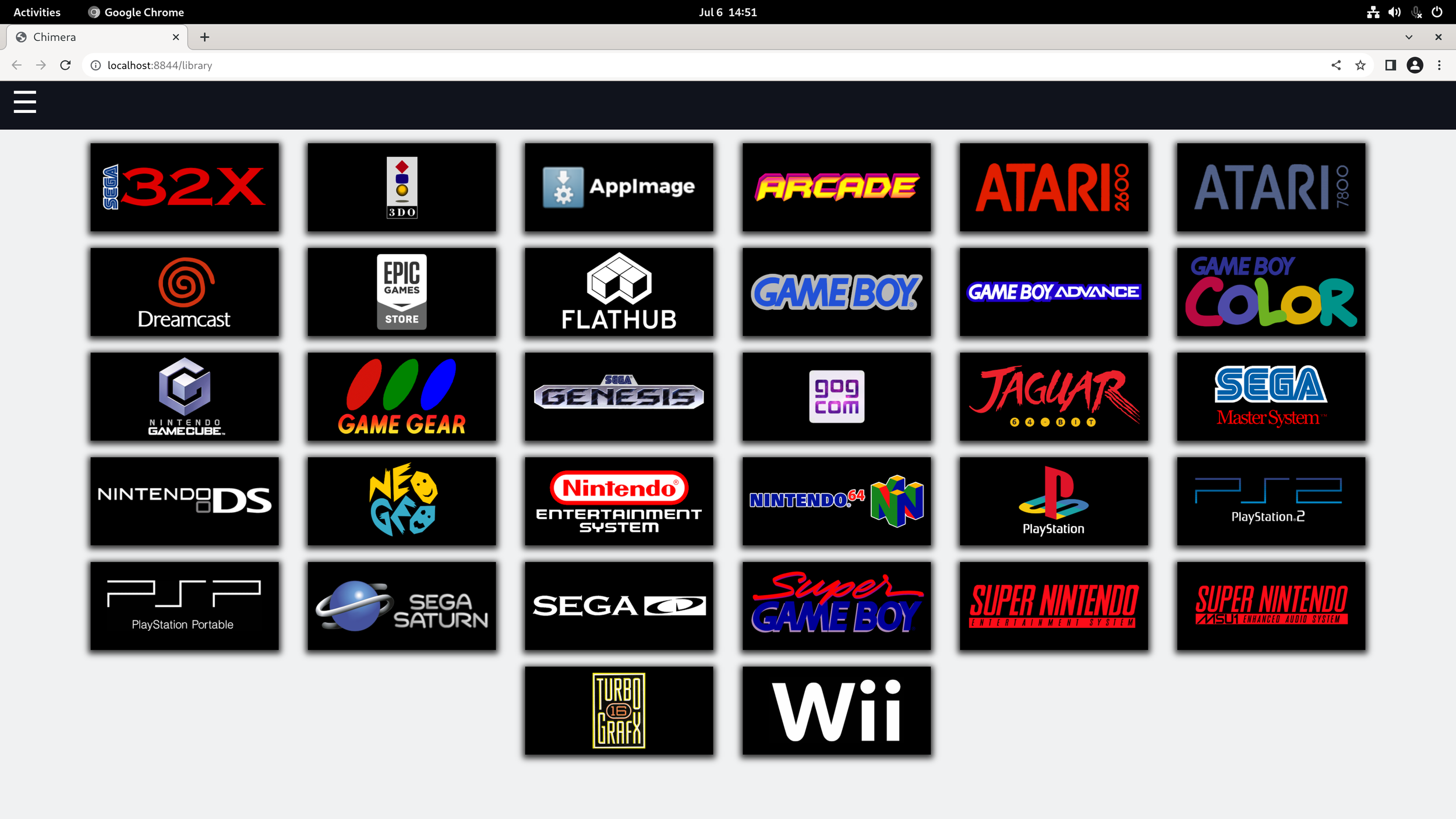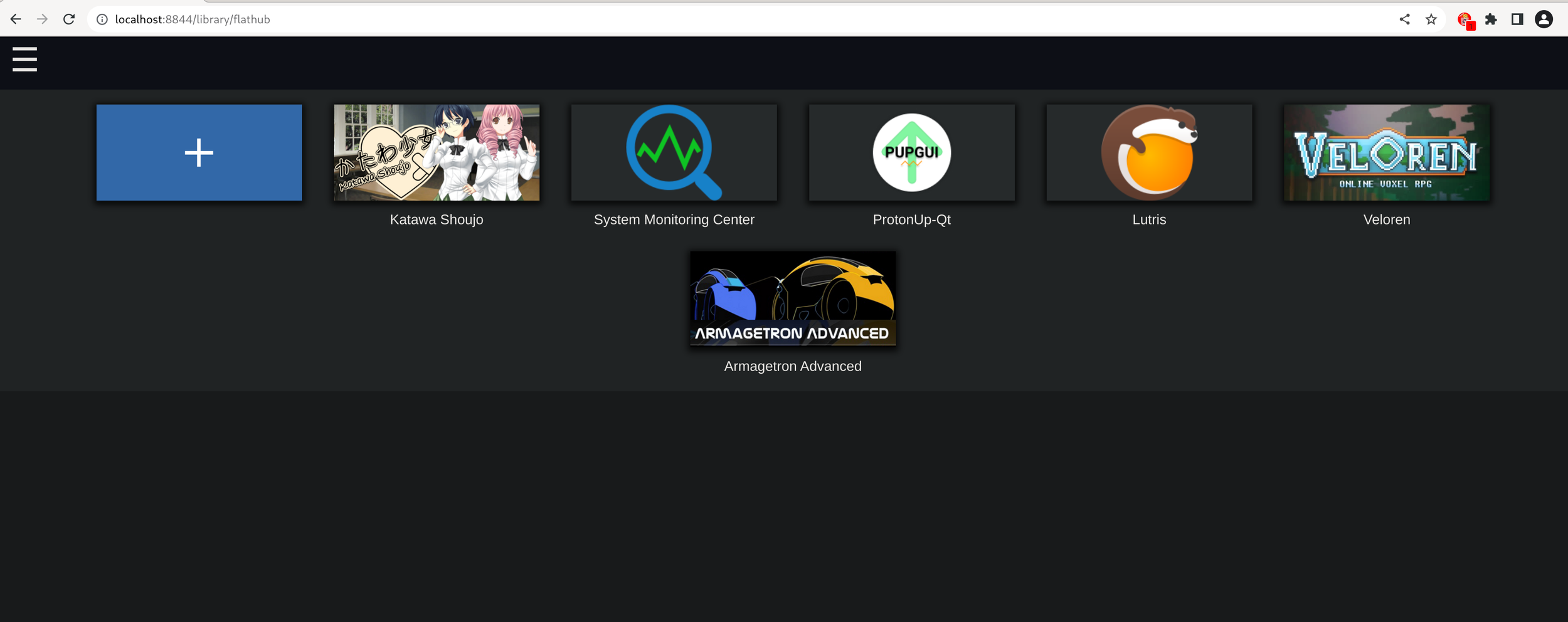Q3 2023 Update
/Greetings, all! Outside of hiking and the job hunt, there’s not much to update on here for now, but I am still alive and active!
The original plan was to sell a bunch of self-refurbished and wiped machines on a store here. Turns out I didn’t have enough traffic for that, due to not sticking to a posting schedule, so I went ahead and listed the original Corsair One Pro on a family member’s eBay.
As my Dell G5 5505 is casually experiencing cpu errors in the journal and dmesg logs on a bi-daily basis, I’ve gone ahead and completely wiped both drives in it. If my tinkery friend ends up not wanting it, I’ll probably gut what parts I can reuse out of it and dispose of the hull at an ewaste facility in Denver.
Next, I took the rear panel off the T440p that I’ve used for a good few years. More on my known computer timeline on my current hardware page here. I went ahead and cleaned the little fan, as well as repasted the i7-4710mq I believe it is. Looks like the SSD I had originally added to this customized beast back in the day is still rocking and working fine. Go sandisk!
One downside with the original plastering of stickers this had on the rear of the LCD panel is that isopropyl alcohol + a razor blade seem to cause damage to the rubberized coating that was on here. Now I’m waiting on a decal to cover up this coating and better protect the rear. Once the rest of the chassis for this guy is cleaned up, I’ll do a test install of Ubuntu and a test install of Windows 10 before re-wiping the drive and posting it up on eBay as well.
The next machine after these two that I’m going to work on selling is the old Oryx Pro oryp4 model that I have. It was refurbished by System76 officially in 2022 for me, though I believe it was originally released in 2018- here’s the web archive link for that page.
In the spirit of the original release for that machine, I’ll likely end up listing it with either No OS or Pop!_OS 22.04 preinstalled.
On another note, here are some cool videos and blog posts that I’ve been into recently:
Found a cool video on an off-grid-capable living vehicle that also creates clean water from the humidity in the air.
Matt Ferrell did a video on why American homes are built to lower standards than other modern-economy countries.



